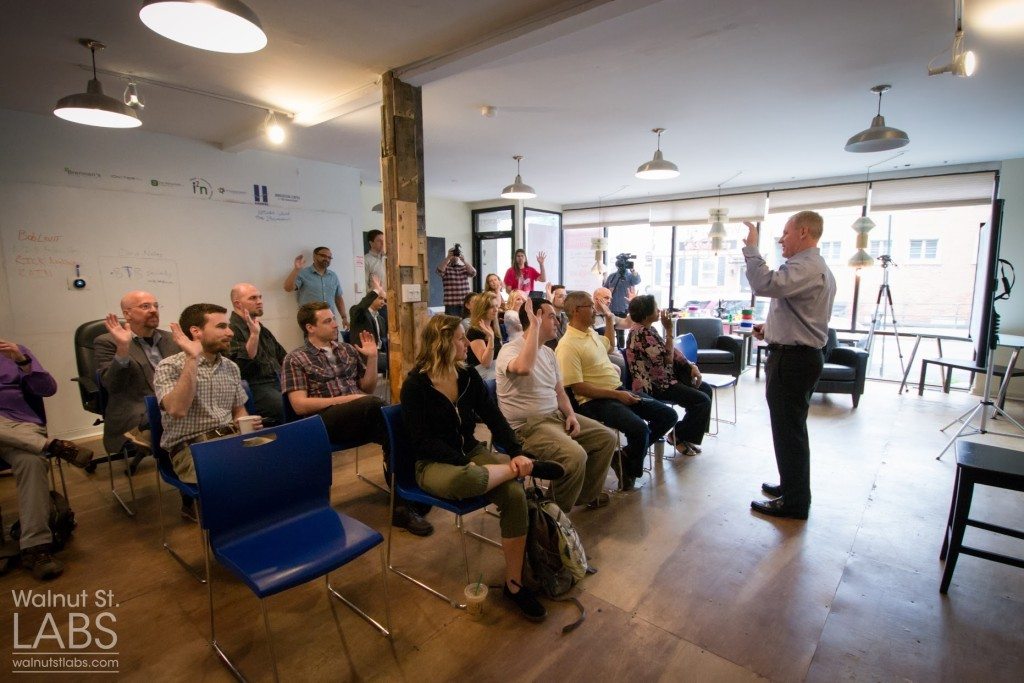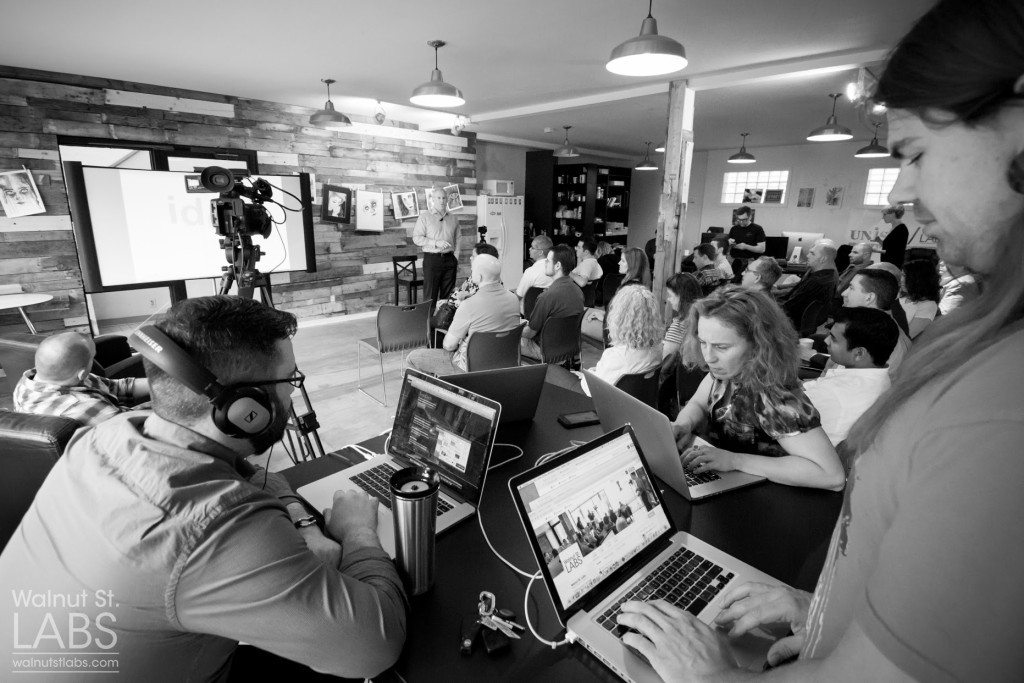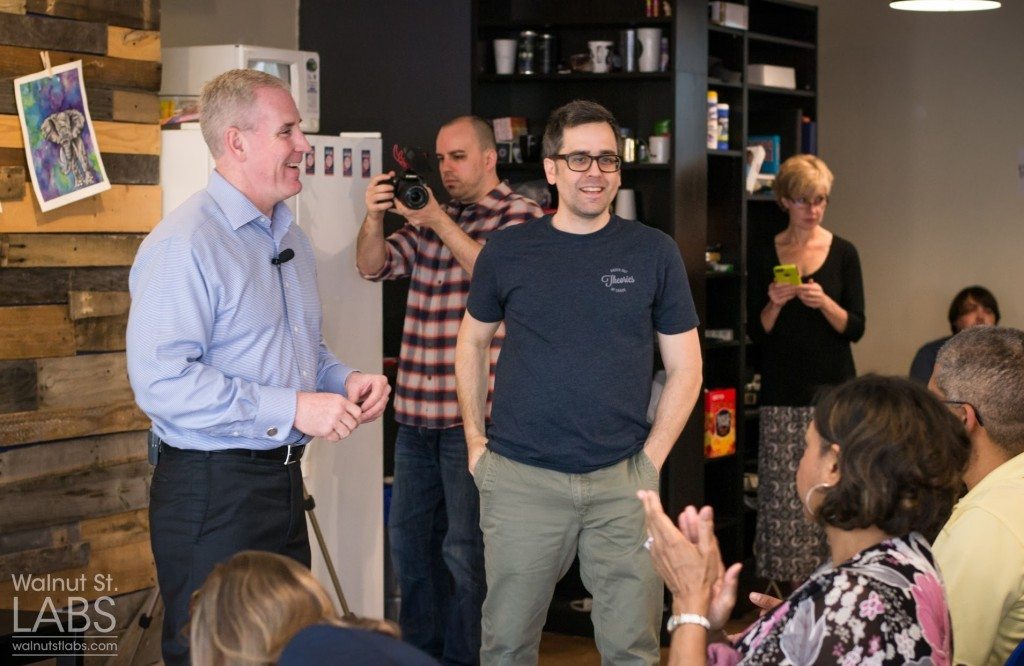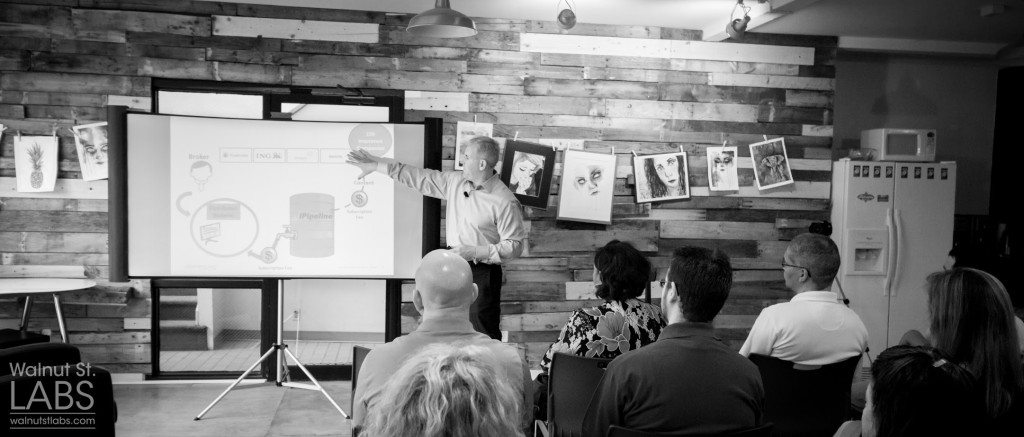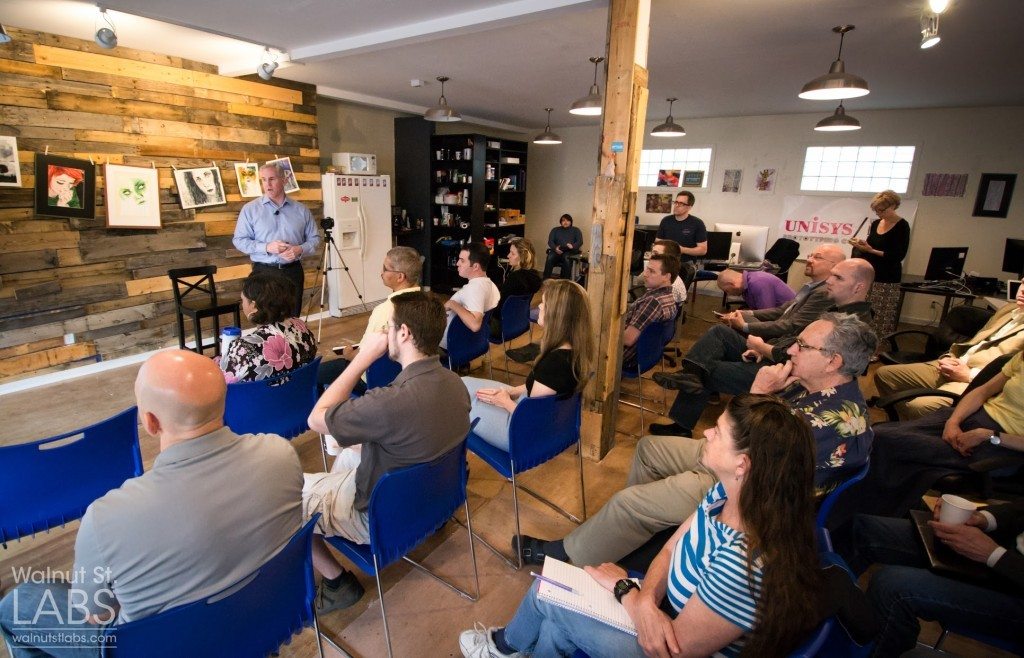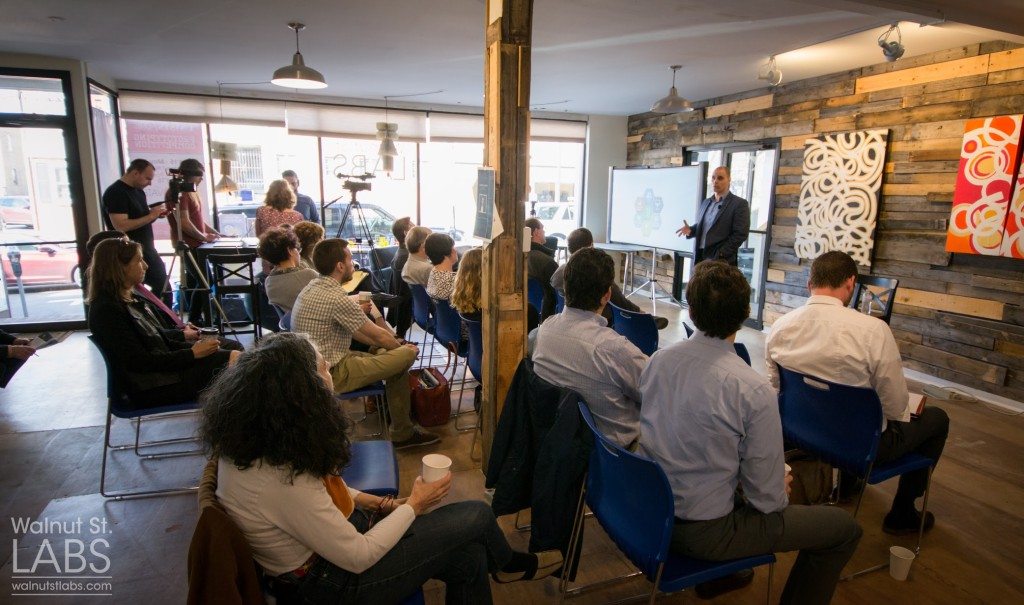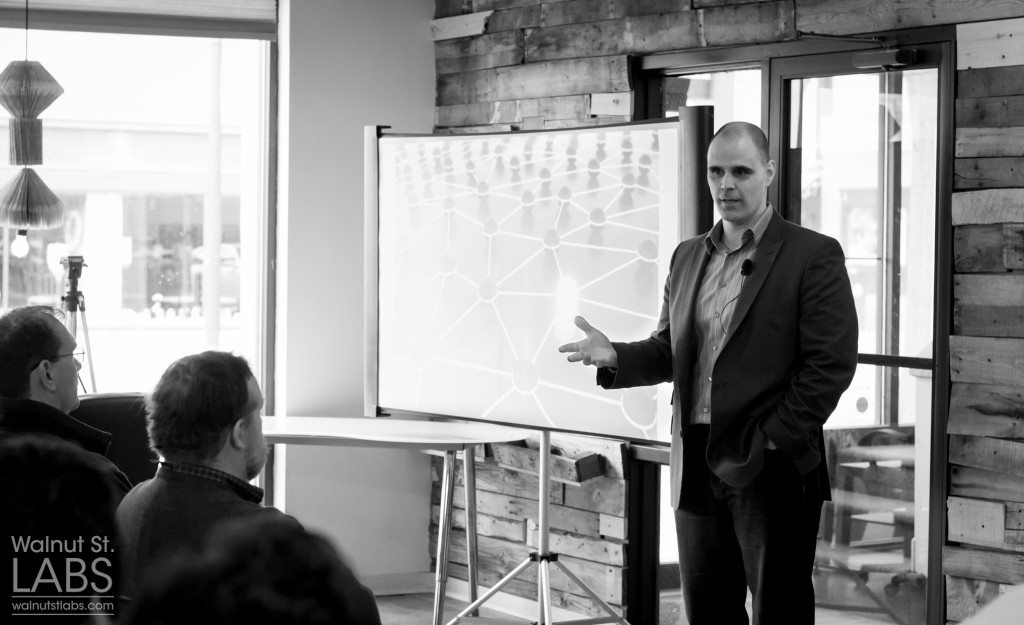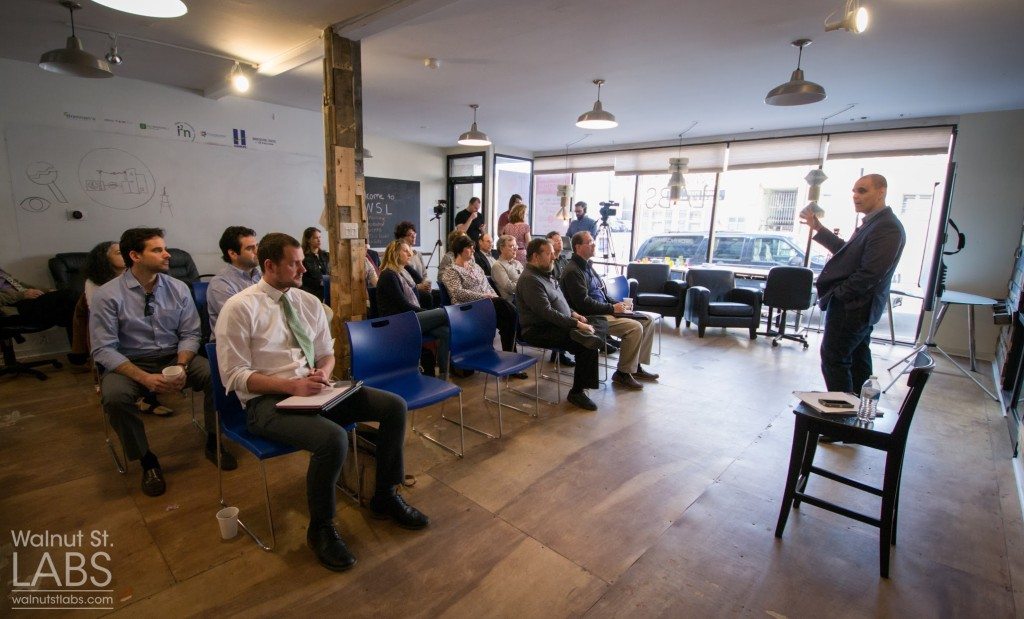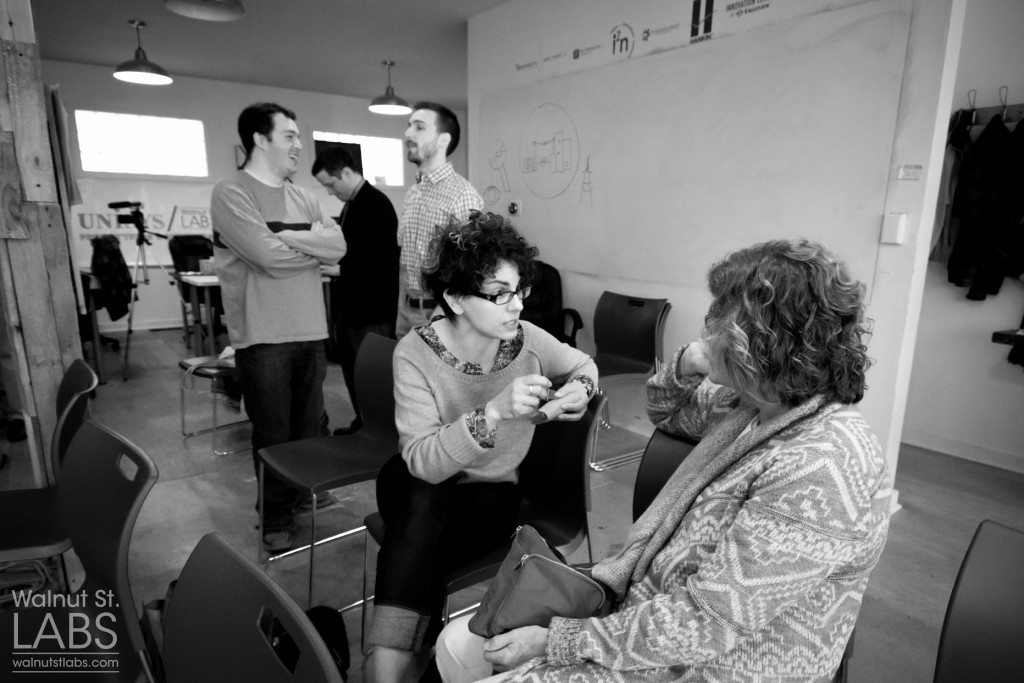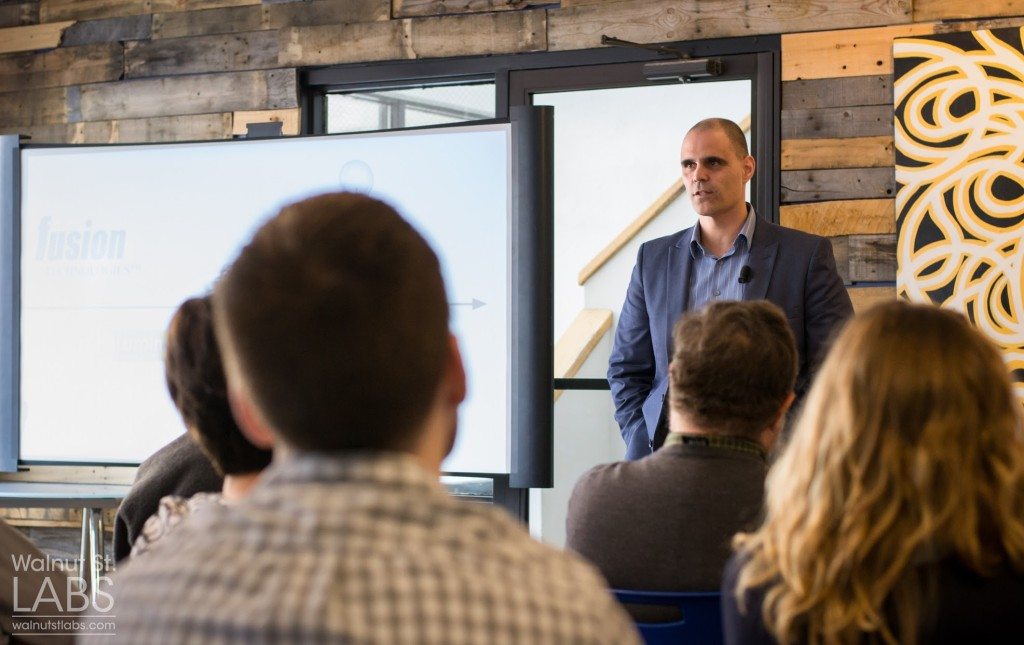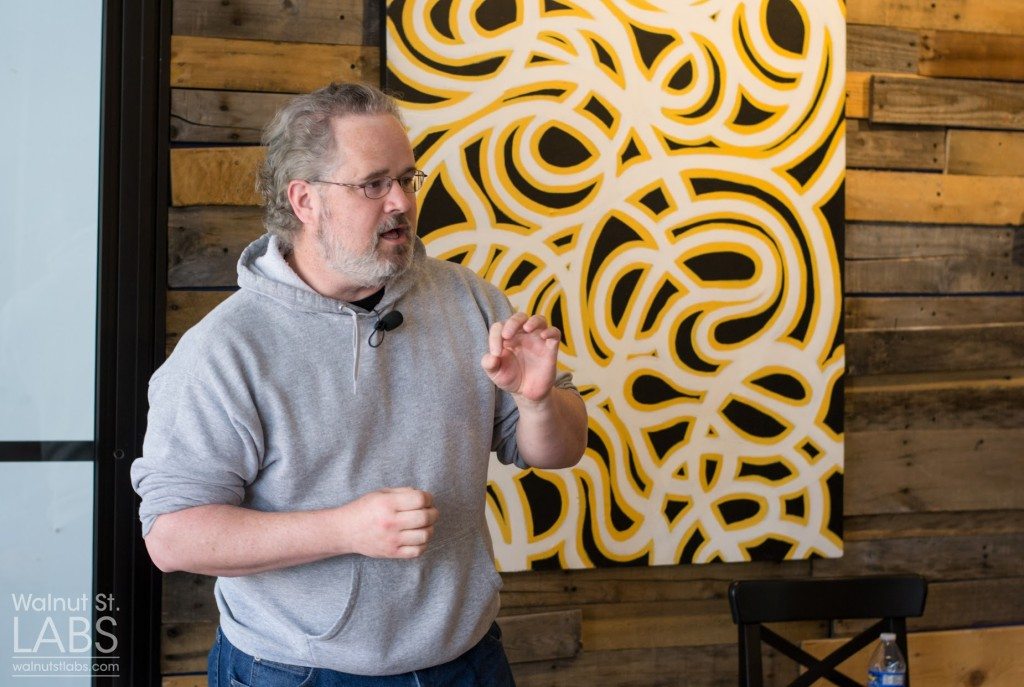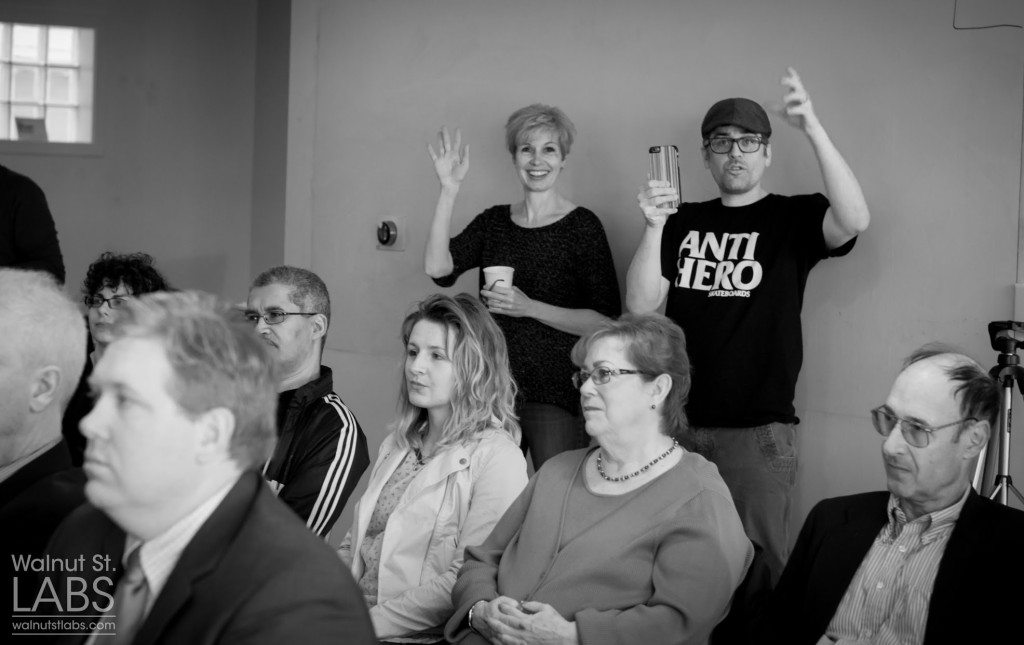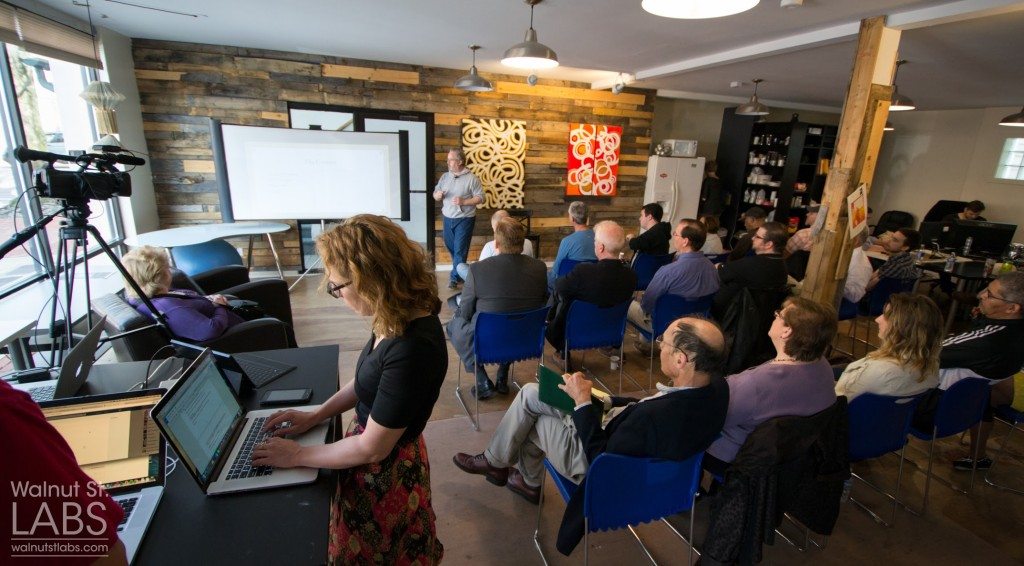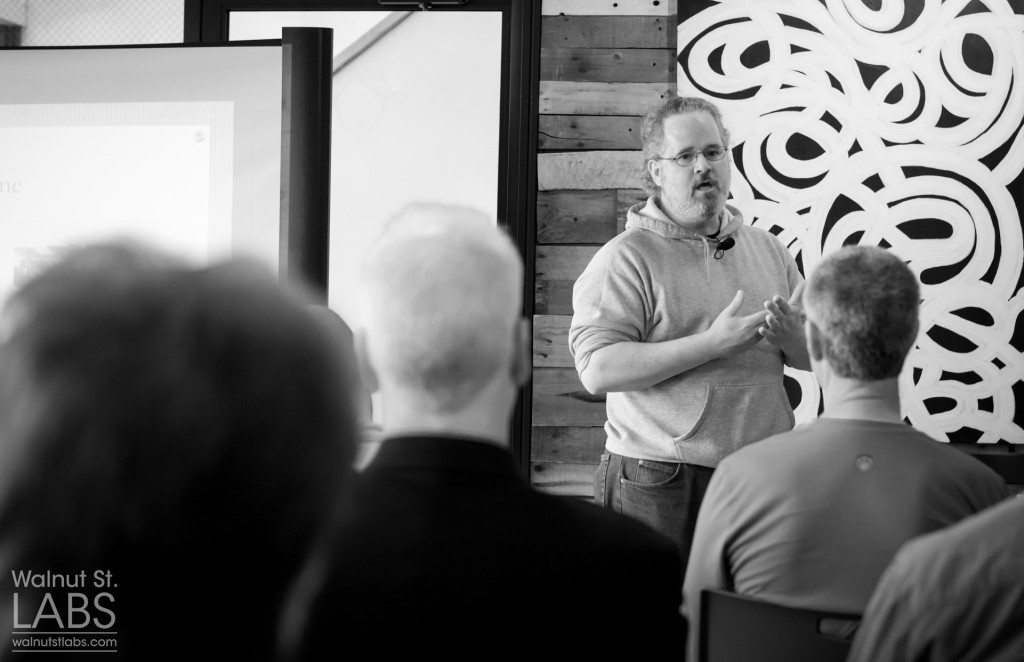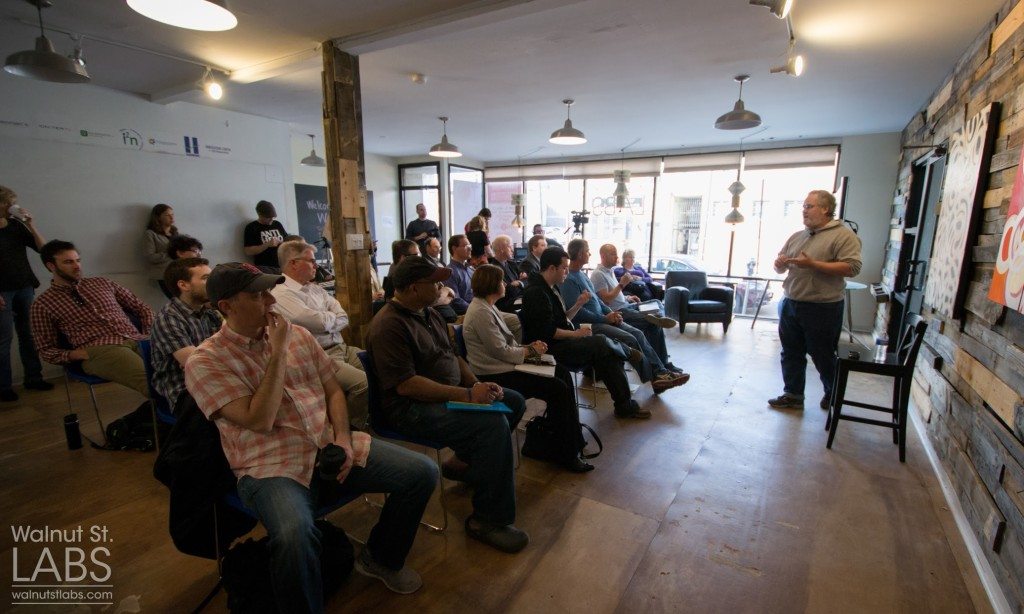The Brutally Honest Entrepreneur: SEER Interactive’s Wil Reynolds
Wil Reynolds, Founder of SEER Interactive
“I am really brutally honest about how tough the entrepreneurship journey has been.”
Normally, brutal honesty might be off putting to an audience, but it’s hard not to be dazzled by SEER Interactive founder Wil Reynold’s infectious charisma and fearless self disclosure. He notes, “I fired myself as the CEO from my own company…twice.”
Wil started his professional life on the teaching path, loving the kids in his high school economics classes, but not the red tape and overbearing parents. It didn’t take long for him to strike out in a new direction.
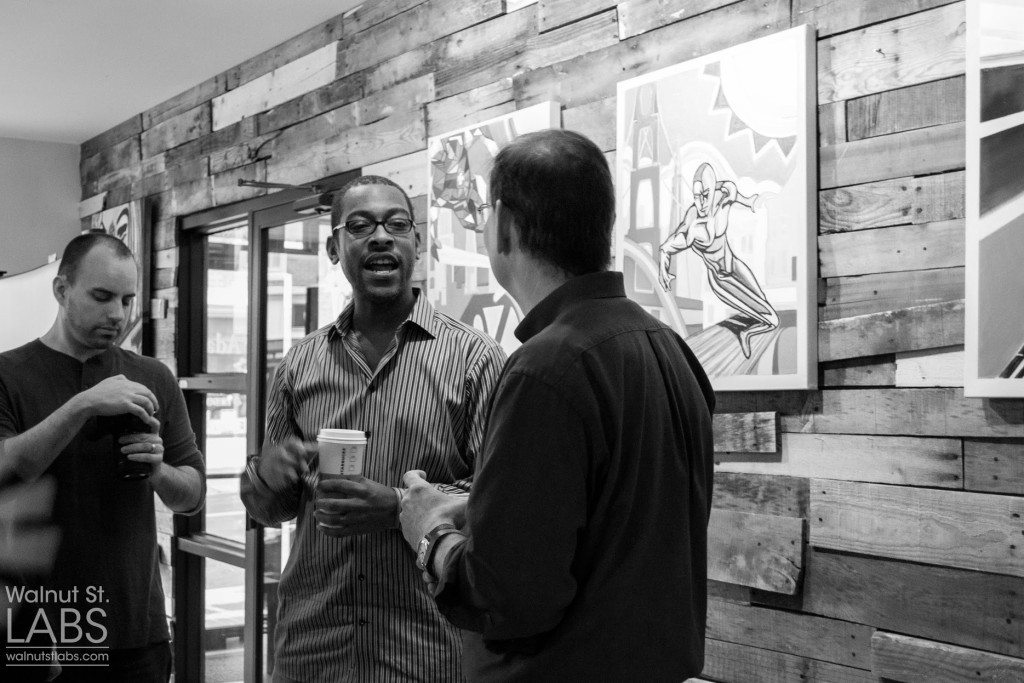
Changing Gears
“I wasn’t a big fan of resumes—I liked to put on a suit and go visit the place in person.”
Wil suited up and hit the streets in Philly. He scored a job offer at NetMarketing, the first place he visited, provided he could build web sites. So he went home and built his very first project, a Geocities site all about his Jeep Wrangler. “I was proud of it, but when I rolled in the next day, all my images were x’s because I had not FTPed them.”
His new employer wasn’t worried. “They told me, ‘you’re our first employee. We don’t need somebody who knows everything. We need someone who wants to learn. We like that you took the initiative to learn what you need on your own.’”
The company was growing, and soon a shower was installed in the office. “Because that’s how many all nighters we pulled. My girlfriend at the time dumped me,” Wil says. “And then one day, I got the call that it was over—the company was done.”
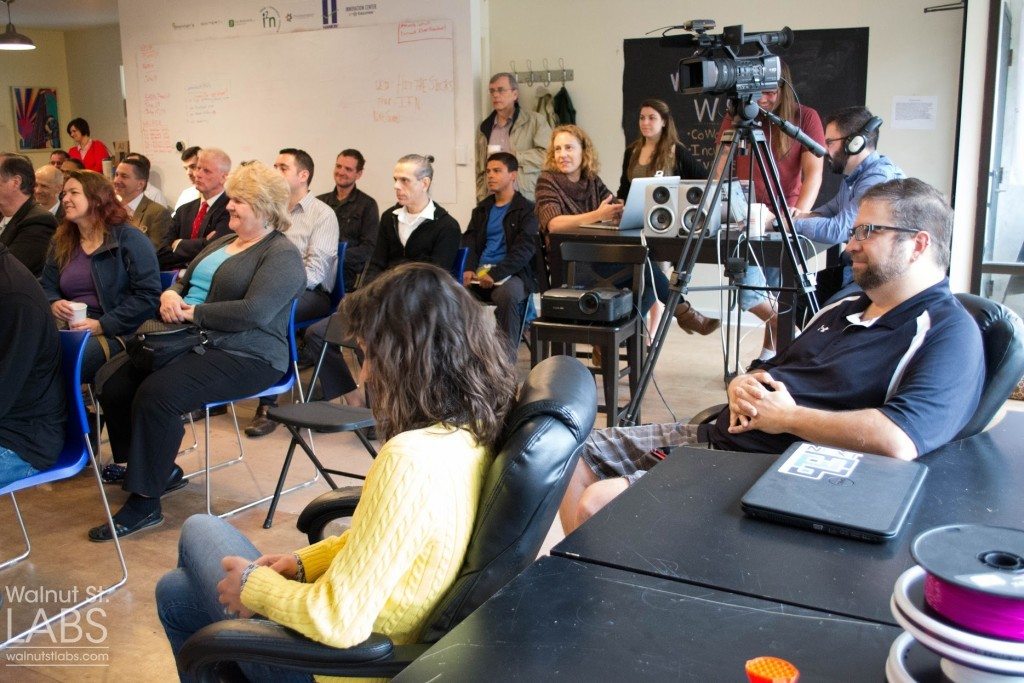
Striking Out
Out of a job, he did what had worked before. “I put on a suit and started going to all the Philly companies I wanted to work at.” During that same period, he started volunteering at CHOP, an experience that shaped his approach to professional life. “I started a company because no one would hire me and because I wanted to continue my volunteer efforts too. I’m an accidental entrepreneur. I never wanted to start a company.”
Meaningful relationships with people in the company were paramount to Wil. “I wanted to deeply know the people I work with. For the first 2 years, we turned away over 80% of our leads because I wanted to cap the company at 10 people. I wanted to be able to make those people super rich.”
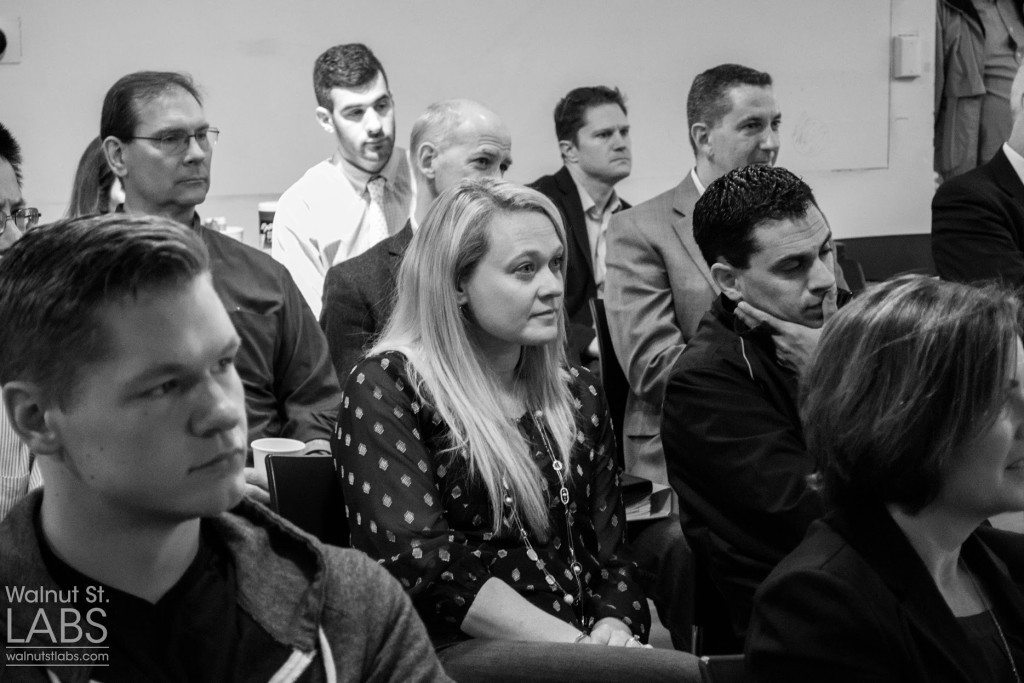
The Epiphany
“I love my job, and there’s only been one day I didn’t want to go into work.”
It was the day after bonuses were given out, a day to share the bounty of a good year. Wil’s unsolicited offer of a partial bonus to an employee who had left 4 months earlier stung him unexpectedly when the former employee decided she warranted a full bonus. “That took a chink out of my armor that couldn’t just be filled. If that happened in a company with only 10 people, what could happen in a bigger company? I realized that being in a tight-knit family environment is only one part of what keeps people at a company.”
“When you’re CEO, everyone brings you their bad day. And it’s your job to deal with those bad days,” he offers. “So the bigger your company, it’s more and more dealing with everybody’s bad day. How do you deal with that? For me, it meant I stopped running my company.”
(Read Wil’s blogpost about the experience here.)
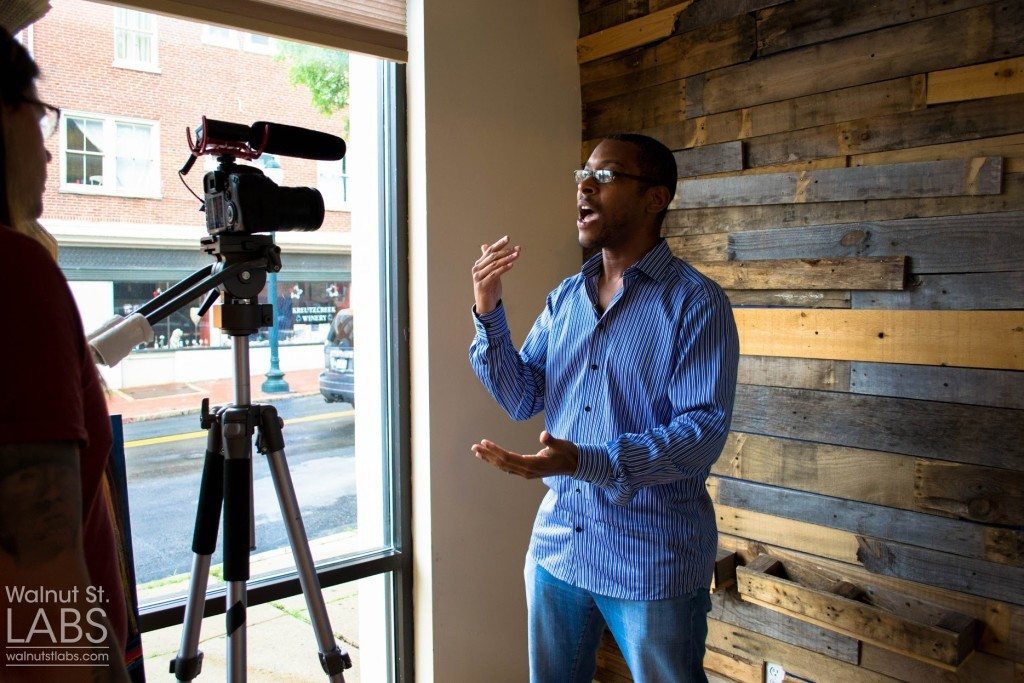
Evolution
Wil flew to Seattle for a weeklong “job swap” with Moz CEO Rand Fishkin, a story they chronicled in a YouTube video and which was compelling enough to capture the attention of Wired magazine. “It’s very exposing to run someone else’s company for a week. Within 6 months, we both stepped down as CEO of our respective companies. We both realized that we liked experimenting and playing around with stuff.”
He put SEER in capable hands to focus on his passion. “I’m a maker. I like to make stuff. As your company grows and scales, you watch yourself grasping for that thing you started out doing.”
Over the past 6 years, SEER has grown from 10 to 106 employees.
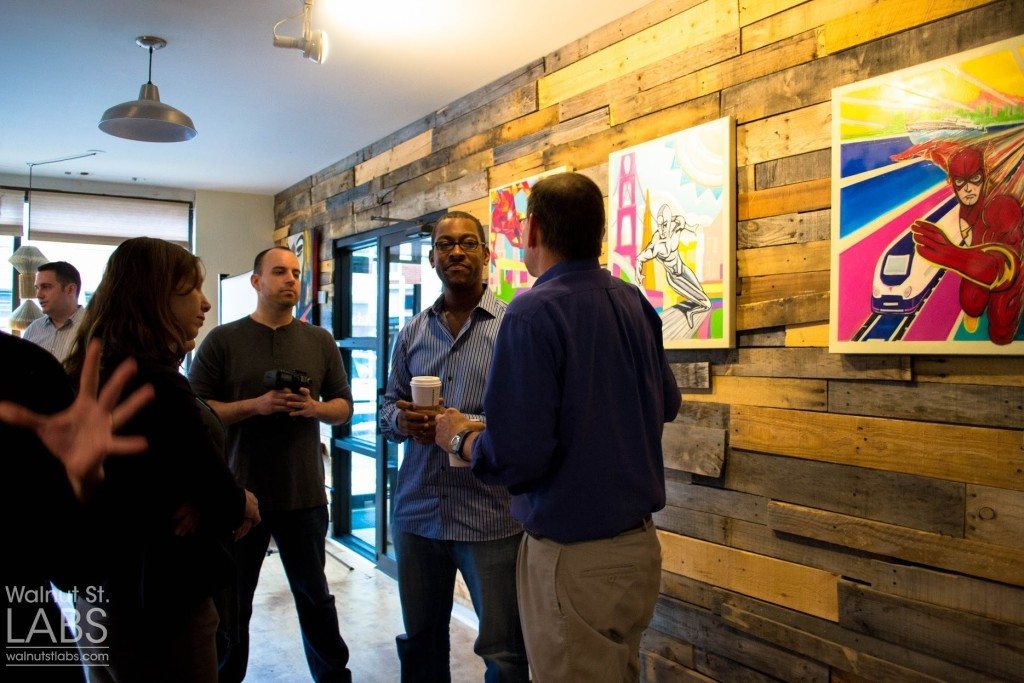
Putting it Out There
Volunteering is critical in both Wil’s and SEER’s missions. He walks the talk and encourages employees to do the same. “I don’t want to work with someone who doesn’t volunteer. We started building volunteer opportunities into the company. If I don’t have something else going on, I’ll go on a volunteer assignment with my employees.”
Giving back applies to ideas, too. “Being open about my ideas makes me go back into the lab and learn some new shit when no one else is looking. I’m doing that right now, in fact. I’ll be talking about it in July, which means I don’t know what I’m going to be doing in August.”
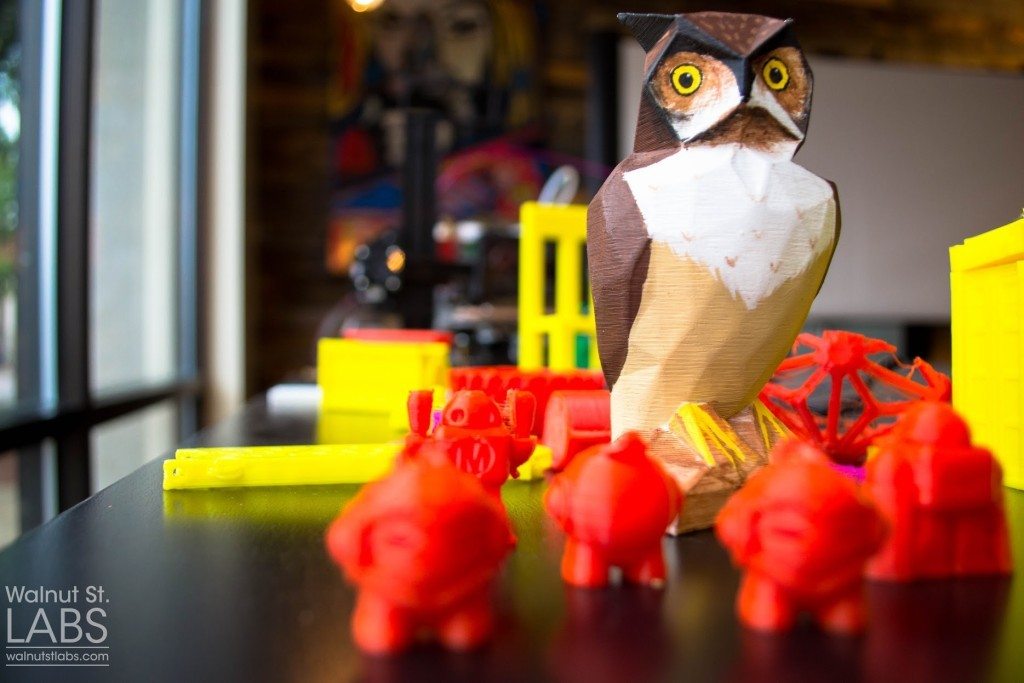
The Future
“Vision doesn’t guarantee success. Vision plus operations is how you become successful.”
“I want SEER to be a great company to be from. People don’t have to be here forever, but they should be really proud of their time here.”
